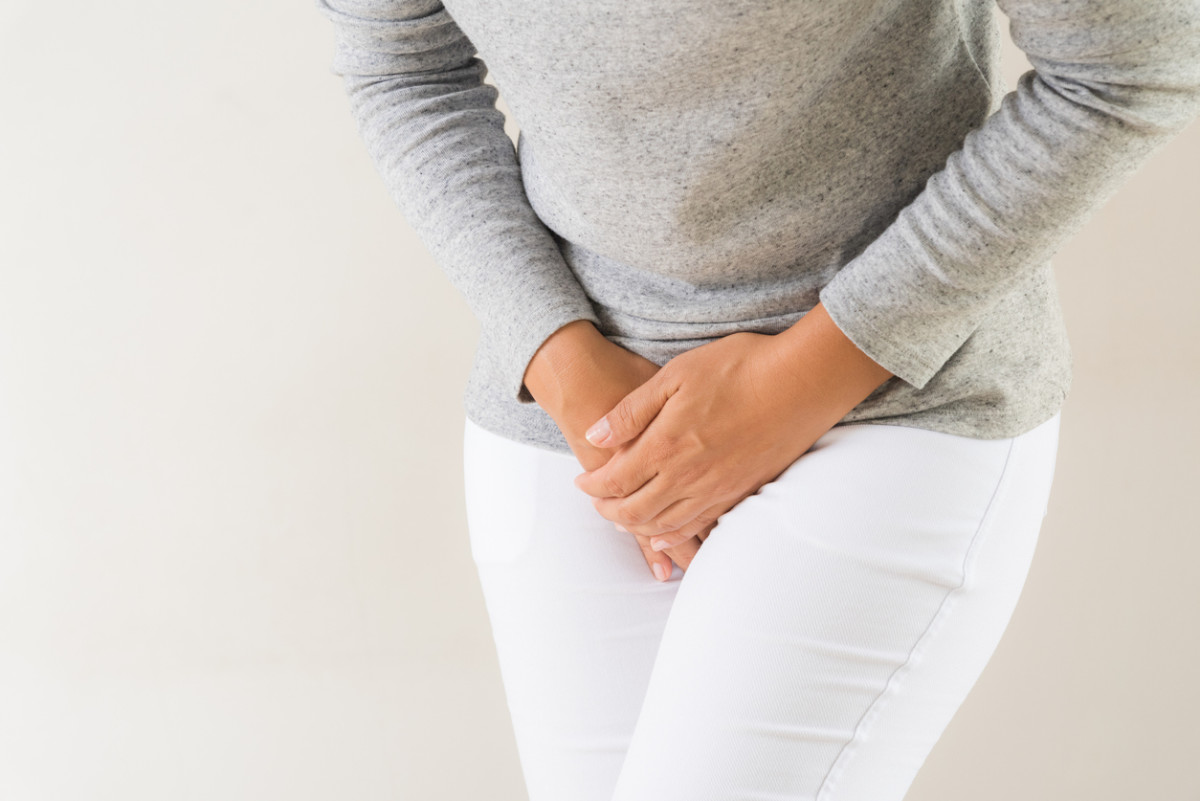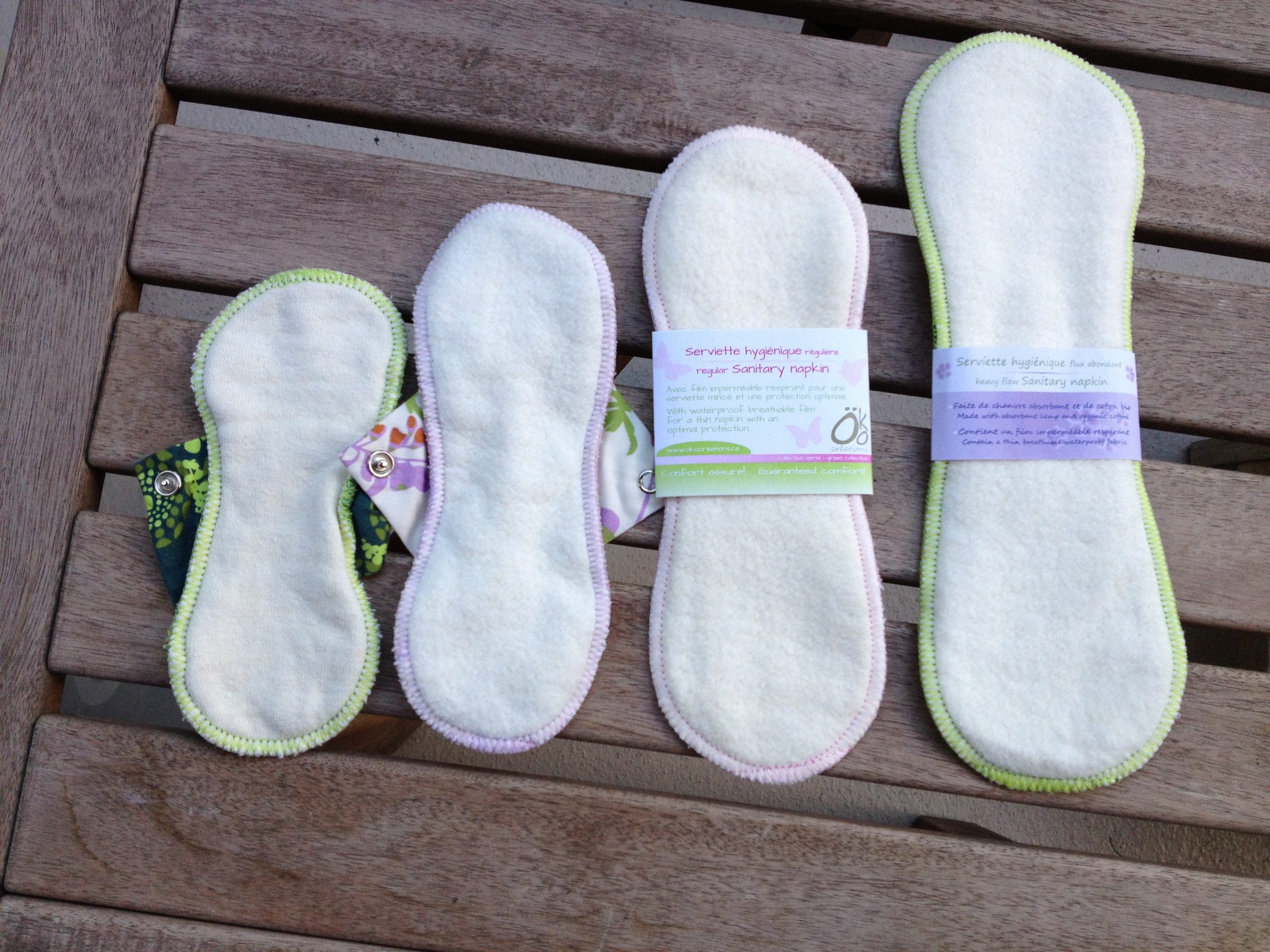Tired of worrying about leaks and accidents? Wondering if pads can really hold pee? Look no further! Whether you’re dealing with occasional leaks or more significant incontinence issues, we’ve got you covered.
Contents
Can Pads Hold Pee?

When it comes to managing urine leaks, one common question that many people have is whether pads can effectively handle pee. The answer is, yes! Pads specifically designed for urine leaks can indeed hold a significant amount of pee and provide you with the protection and confidence you need throughout the day or night.
Unlike regular sanitary pads, urine leak pads are specially made to handle more fluid. They are equipped with a waterproof backing and an absorbent core that can effectively soak up urine and keep it away from your skin. These pads are designed to be worn inside your underwear and offer excellent protection against leaks, ensuring that you can go about your daily activities without any worries.
Liners, which are wider and longer than pads, provide even better “front-to-back” protection. They are specially designed to prevent any urine leakage that may occur during movement. Pads, on the other hand, are curved and come with adhesive strips to hold them securely in place inside your underwear.
You’ll be pleased to know that incontinence pads are designed to hold 8 or more ounces of urine, keeping it safely contained and away from your skin. Many pads also feature elastic on the sides, which helps cradle your body and prevent leaks from rolling over the edges.
How Do Pads Absorb Urine?
Pads have a multi-layered construction that allows them to effectively absorb and contain urine. Here’s a breakdown of the different layers and their functions:
- Top Layer: The top layer of a pad is made of a perforated material that allows urine to pass through and be absorbed. The perforations in an incontinence pad have larger holes compared to menstrual pads. This design allows for the quick acceptance of a large amount of less viscous liquid, such as urine.
- Absorbency Layer: The absorbency layer of an incontinence pad is typically made with higher absorbency materials. It’s designed to rapidly absorb and lock in heavy volumes of urine in a short period of time. This is important because urine can be released in uncontrollable streams from a full bladder, and the absorbency layer needs to be able to handle the higher flow rate.
- Backsheet: The backsheet of a pad is the waterproof backing that prevents leaks and keeps you dry. Incontinence pads often have an elastic component in the backsheet to further prevent leaking when the pad is full.
- Odor Control: Incontinence pads often incorporate pH control technology to neutralize the acidic pH of urine, which helps to prevent skin irritation. This is different from menstrual pads, which often use deodorants to control odor. The neutralization of acidic urine is essential for maintaining healthy skin and preventing infections.
Choosing the Right Pad for Different Needs

When it comes to managing bladder leaks or urinary incontinence, choosing the right pad is essential. The size and thickness of a pad, as well as the material and construction, play a crucial role in its absorbency. This section will guide you in selecting the right pad for your specific needs.
1. Light/Ultra Thin/Very Light Pads
If you experience small leaks, such as a few drops at a time, especially during activities like exercising, light pads are your best bet. These pads are designed to be slim and discreet, providing optimal comfort and minimal visibility. Their smaller size allows for a snug fit and ease of movement, ensuring no interruptions to your active lifestyle.
2. Moderate Pads
For light dribbles, such as when you urgently need to go, moderate pads are the way to go. They come in various lengths and thicknesses to cater to your specific needs. What sets these pads apart is their use of cotton and hypoallergenic materials. This feature not only prevents skin irritation but also offers a soft and gentle feel. Investing a little more in these pads can make a significant difference in your overall comfort and well-being.
3. Maximum Pads
If you experience heavier leaking, such as uncontrollable streams from a full bladder, you’ll need maximum absorbency pads. These pads are designed to handle moderate to heavy leaks with ease. They are often longer in length and contain a higher amount of absorbent polymer. This makes them highly effective in providing security and protection during intense activities or extended periods of time without a bathroom break.
4. Ultimate/Overnight Pads
For the most absorbent option, ultimate/overnight pads are your go-to choice. These pads are specifically designed to handle the heaviest forms of leaks. They are longer and thicker than other pads, ensuring maximum coverage and protection. With their high polymer content, these pads offer unparalleled absorption capabilities, giving you peace of mind throughout the night or during extended periods of wear.
Conclusion
Now you can ensure that your pads effectively manage bladder leaks and provide you with the comfort and confidence you need throughout the day. Choosing the right pad size, thickness, and material is crucial for maximum absorbency. Additionally, changing pads frequently and ensuring proper placement will help prevent leaks and discomfort.
Frequently Asked Questions
How much urine can a bladder leak pad hold?
Bladder leak pads vary in absorbency, but on average, they can hold between 8 to 10 ounces of urine. It’s important to choose the right pad size and thickness for optimal absorbency.
Can a bladder leak pad be used during periods?
Bladder leak pads are not specifically designed for menstrual flow. It’s recommended to use period pads for menstrual bleeding as they are more effective in absorbing blood.
How frequently should I change a bladder leak pad?
It’s recommended to change bladder leak pads every 3 to 4 hours. Wearing a pad for longer periods can lead to bacterial build-up and odor. Regular changing ensures hygiene and comfort.
I am a medical student with experience and interest in Women’s health and well-being.